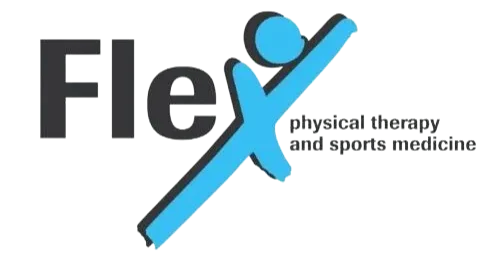
What Types of Headaches Are There?
Headaches can arise from many causes, such as stress, muscle tension, poor posture, and muscle weakness. While medications are commonly used to manage headaches, physical therapy is also a valuable approach to reduce their frequency and intensity. In this article, we’ll explore how physical therapy can help treat headaches and how it fits into an overall treatment plan.
Request an AppointmentTypes of Headaches
Understanding the different types of headaches is important before discussing treatment options. The three most common types are tension headaches, migraines, and cluster headaches:
- Tension Headaches: The most frequent type, often caused by stress or muscle tightness in the head, neck, and shoulders. These headaches typically feel like a dull, aching pressure or a tight band wrapped around the head. The intensity can range from mild to severe.
- Migraine Headaches: Migraines are usually accompanied by symptoms like nausea, vomiting, and sensitivity to light and sound. They often cause throbbing pain on one side of the head and can last from a few hours to several days.
- Cluster Headaches: Less common but extremely painful, cluster headaches cause intense pain around one eye. They tend to occur in groups or “clusters,” happening multiple times a day for weeks or months before subsiding.
How Can Physical Therapy Help My Headaches?
Physical therapy can be especially effective in treating tension headaches and can help in several ways:
Correcting Posture
Poor posture is a frequent contributor to tension headaches. Physical therapists can guide patients to improve their posture through specific exercises and stretches that relieve muscle tension in the head, neck, and shoulders.
Strengthening Muscles
Weakness in neck and shoulder muscles can increase the likelihood of tension headaches. Physical therapy includes strengthening exercises—like shoulder shrugs, neck stretches, and shoulder rotations—that help reduce headache frequency and severity.
Manual Therapy
Hands-on techniques such as massage, trigger point therapy, and myofascial release can relieve muscle tightness and tension. These manual therapies target the muscles around the head, neck, and shoulders to ease headache symptoms.
Education
Physical therapists also educate patients on how to manage headaches through posture improvement, muscle care, and stress management strategies. Empowering patients with this knowledge can enhance their quality of life and reduce headache occurrences.
Incorporating Physical Therapy into a Treatment Plan
If you want to include physical therapy as part of your headache management, consider these steps:
Consult with a Physical Therapist
Start by consulting a physical therapist who can assess your specific condition and develop a personalized treatment approach.
Develop a Treatment Plan
Work together with your therapist to create a plan that may combine exercises, stretches, and manual therapy to target muscle tension and improve posture, ultimately aiming to reduce your headache symptoms.
Physical therapy offers a natural, non-invasive option to help manage headaches effectively, especially when combined with other treatments.
